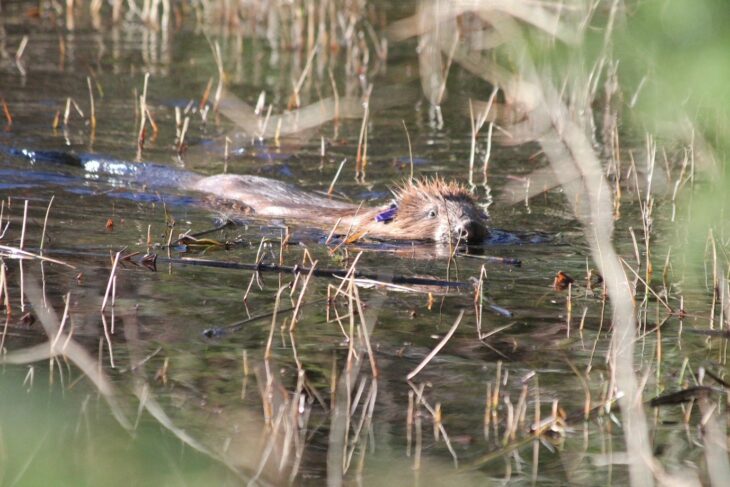The lead partners in the Scottish Beaver Trial – the Scottish Wildlife Trust and the Royal Zoological Society of Scotland (RZSS) – welcome the introduction of European Protected Species status for the Eurasian beaver in Scotland.

From today it is illegal to carry out a range of activities, including lethal control of beavers and destroying established dams and lodges, without a licence. Legal protection for beavers is an important step that should enable the species to expand its range within Scotland.
The Trust and RZSS are urging land managers to show restraint in controlling beavers while young kits are dependent on their parents. This period runs from 1 April until 16 August.
Jo Pike, Chief Executive of the Scottish Wildlife Trust said: “Beavers are unrivalled as ecosystem engineers. They have the potential to greatly increase the health and resilience of our natural environment by creating new habitats.
“Granting beavers protected status is an important milestone for the return of the species to Scotland’s lochs and rivers. It follows decades of work by countless organisations and individuals to demonstrate the positive impacts that beavers can have.
“We accept that land managers need to have the ability to deal with localised negative impacts caused by beavers. However, it is equally important to ensure lethal control is only used as a last resort, and this does not threaten the successful spread of beavers into other areas of Scotland.”

Barbara Smith, RZSS Chief Executive, said: “This is an historic day for Scotland and a milestone for the many of us who have worked together for years on the return of this species.
“The granting of European Protected Status is a vital step in welcoming beavers back as a natural part of our ecosystem and a most welcome success as part of wider and continued efforts to protect and enhance our natural heritage.”
There are currently around 450 beavers in Scotland in two separate populations in Tayside and mid-Argyll. Beavers offer widespread ecological and social benefits, including increasing biodiversity, reducing flood risk and new opportunities for wildlife tourism.
Read more
Blog: What does European Protected Species status mean for Scotland’s beavers
Find out about the work to reinforce the population of beavers in Knapdale Forest, mid-Argyll
